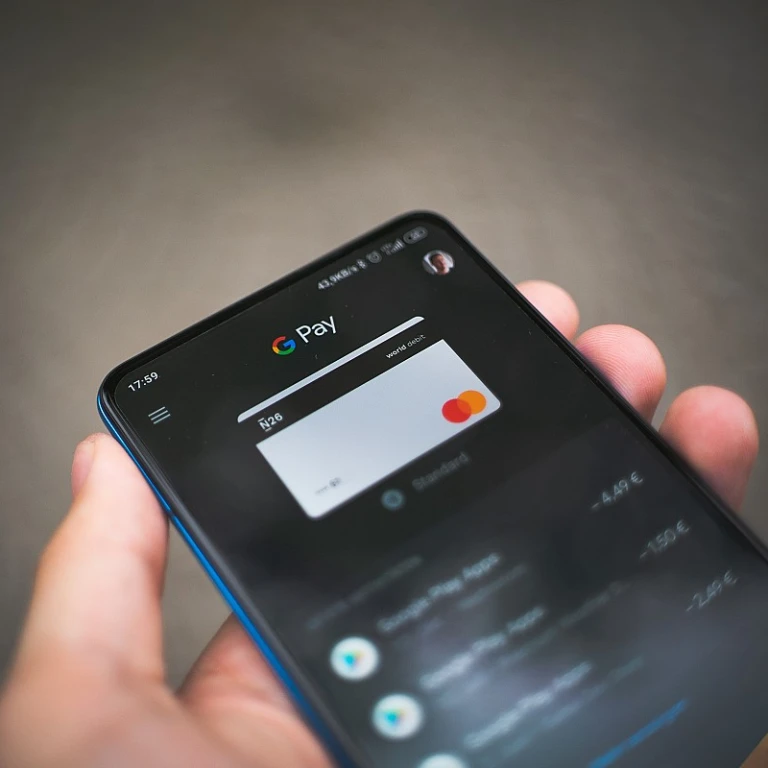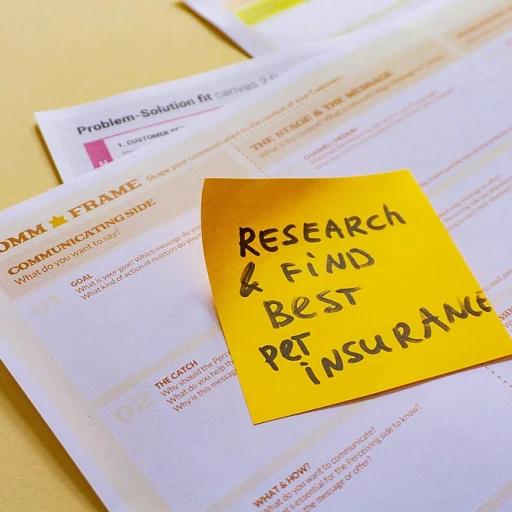
The Basics of SAFE and Convertible Notes
Getting Acquainted with Convertible Notes and SAFE
In the intricate landscape of startup financing, both convertible notes and SAFE notes have emerged as prevalent instruments for raising funds. These financial tools are often preferred by early-stage companies looking to secure money from investors without immediately determining an exact company valuation.
Convertible notes are essentially a form of debt financing that will eventually be converted into equity in the company, typically during a future priced funding round. This conversion typically occurs at a later stage when the startup has achieved a more accurate valuation. Convertible notes come with specific terms such as interest rate and a valuation cap, which determine the conversion rate into equity.
On the other hand, SAFE (Simple Agreement for Future Equity) notes, developed by Y Combinator, are not debt instruments but rather a simpler and more flexible agreement that forgoes the concept of debt and interest. SAFE notes convert into equity under specific conditions, often during a future priced financing round, but do not accrue interest as convertible notes do.
Both these instruments offer startups the ability to raise capital swiftly without the immediate need to establish a valuation, which can be particularly advantageous during early-stage rounds. However, strategic considerations, legal implications, and long-term impacts on ownership should be meticulously evaluated. For more insights on startup equity instruments, you can explore expert analyses on related company strategy elements.
Key Differences Between SAFE and Convertible Notes
Contrasting Fundamentals and Approaches
Understanding the nuances between SAFE and convertible notes is crucial for grasping how each can influence strategic decisions during equity financing. At their core, both instruments offer pathways for investors to channel funds into startups—albeit with distinct methodologies and potential outcomes.
Structural and Operational Distinctions
- Conversion Mechanics: Convertible notes function as debt instruments that convert into equity at a later equity funding round, typically a priced round. SAFEs, or Simple Agreements for Future Equity, bypass being treated as debt and directly convert to equity upon a triggering event.
- Investor Interest and Influence: Convertible notes generally accrue interest, implying that the money loaned earns until conversion. SAFEs, lacking interest components, provide a more straightforward approach without accruing debt.
- Valuation Cap and Discount: Both instruments can include a valuation cap and discount for conversion. However, the lack of an interest rate with SAFEs simplifies calculations related to future equity.
Implications for Valuation and Equity
Another pivotal distinction relates to how each impacts the company's valuation and dilution of ownership. While both instruments strive towards eventual equity conversion, convertible notes may initially affect valuation in a more pronounced manner due to their debt nature, potentially altering interest expressions from investors.
SAFEs attempt to simplify this by handling the conversion directly into equity at an agreed-upon point, which could appeal to startups uninterested in the complexities of debt and interest alteration. Exploring asset management in private equity may offer further insights into these financial intricacies.
Legal and Financial Flexibility
The differing legal frameworks and the flexibility to renegotiate terms in convertible notes can inadvertently lead to prolonged decision-making and increased legal oversight. SAFEs, designed with simplicity in mind, may offer a quicker turnaround while avoiding some legal complexities typically associated with convertible note agreements.
Strategic Considerations for Choosing Between SAFE and Convertible Notes
Strategic Decision Factors When Choosing Between SAFE and Convertible Notes
When deciding between SAFE and convertible notes for securing initial funding, startups and investors must weigh various strategic considerations. Each option has unique advantages and potential drawbacks that influence the future equity outcome for all involved. Carefully evaluating these factors can significantly impact the company's growth trajectory and ownership distribution.
Here are crucial elements to consider:
- Investor Interest and Negotiation: Understanding your investors’ preferences is key. SAFE notes are often preferred by investors who favor more straightforward agreements with no interest rates or maturity dates. In contrast, convertible notes might attract those seeking interest accrual and defined timelines.
- Valuation Cap and Discount Rates: Consider how each option impacts future valuation. SAFEs often use a valuation cap to set a ceiling on the price of future equity, while convertible notes may include discounts on future rounds, affecting share price and equity conversions.
- Impact on Funding Rounds: SAFE agreements might delay valuation discussions until a later equity financing, potentially simplifying early stage negotiations. Alternatively, convertible notes can provide clear terms for conversion in a future funding round, which some startups prefer for strategic clarity.
- Ownership and Control: SAFE and convertible notes impact ownership differently. Analyze how each choice might dilute current ownership stakes. SAFE notes convert to equity only during a priced round, potentially offering more control in the short term.
Startups must strike a balance between simplicity, investor expectations, and future equity considerations. By choosing appropriately, founders can ensure they maintain strategic control while setting the stage for successful growth and scaling. For more detailed insights, consider exploring aspects like equity differences.
Impact on Company Valuation and Ownership
How SAFE and Convertible Notes Affect Company Valuation and Ownership
The choices between SAFE notes and convertible notes can distinctly shape a company’s trajectory, particularly regarding its valuation and ownership structure. These financial instruments, widely used in startup financing, come with unique mechanisms that influence how future equity rounds are approached and perceived by investors.
SAFE notes generally offer a more straightforward approach for early-stage companies looking to secure funding without the complexities of immediate valuation. By issuing a SAFE, startups can defer pricing until a priced round occurs, allowing them to secure capital quickly without compromising potential future valuation upside. However, these notes often include a valuation cap, which sets a upper limit on the price per share for conversion, thereby providing early SAFE investors with assurance of potential benefits from subsequent funding rounds. This can be a boon for attracting initial interest from investors looking for upside in their investments.
On the other hand, convertible notes introduce a dual facet of debt plus future equity, affecting a company's financial statements differently. Being technically a form of debt, these notes carry an interest rate, which can compound investor returns but also place a burden on the startup’s growing financial obligations if conversion takes longer than expected. The valuation cap, along with discounts applied at conversion, means convertible notes provide an attractive balance between immediate cash injection and equity stake for investors, making them enticing for those willing to ride along until the financing round closes.
In essence, while SAFEs simplify valuation issues in the initial phases, they might dilute future equity more significantly if not structured carefully. Convertible notes, with their debt element, might present more intricate legal and accounting challenges but offer clear paths for equity conversion that can lead to a secure ownership position post conversion. Companies must strategize which vehicle aligns with their long-term ownership goals and financial structure, ensuring they retain control while fulfilling investor interests.
Legal and Tax Implications
Legal Nuances and Taxation Aspects
Understanding the intricacies of legal and tax implications is crucial when considering SAFE and convertible notes as financing tools for your startup. Both these instruments present unique challenges and opportunities that can significantly impact the company's structure and future financial obligations.
SAFE notes, being relatively new to the startup scene, often undergo less stringent regulatory scrutiny compared to convertible notes. Nonetheless, due diligence in documenting the terms clearly is vital to avoid potential legal pitfalls. The simplicity of SAFE agreements can be both an advantage and a drawback; while it decreases legal costs, it may lead to misunderstandings if the terms aren't explicit or if investor expectations differ.
Convertible notes, on the other hand, are structured as debt that eventually converts into equity. This dual nature requires precise language to dictate conditions like interest rates and maturity dates. These notes must comply with debt regulations, and the terms of conversion need to be clearly outlined to keep future equity conversions smooth and in line with both parties' expectations.
From a tax perspective, SAFE notes do not generate interest, simplifying tax reporting for early-stage ventures. However, upon conversion, they often influence valuation and subsequent share price calculations, necessitating careful planning to avoid unexpected tax liabilities. Conversely, convertible notes accrue interest, which needs to be accounted for from a taxation standpoint. This accrued interest can impact the funding round's valuation and potentially affect both company and investor tax positions.
Ultimately, consulting with legal and financial experts is essential to navigate these complex frameworks. Working with professionals ensures that your notes—whether SAFE or convertible—align with your strategic objectives while minimizing legal and tax risks.













